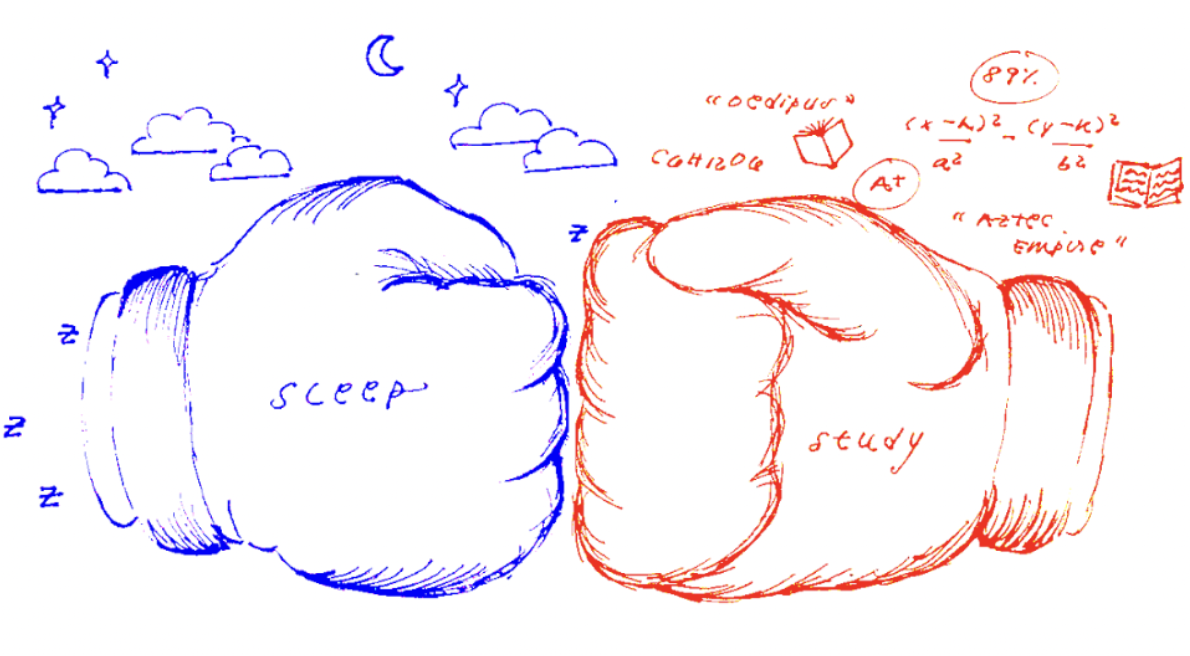America’s political landscape is transforming. Kamala Harris’s presidential campaign is at the forefront of this shift. Running one of the shortest presidential campaigns in modern U.S. history, Harris mobilized support by tapping into the energy of those who labeled her as “Brat” and reaching out to demographics not satisfied with the Republican choice. Through strategic use of social media trends and targeted outreach, the Harris campaign has rapidly gained momentum, successfully reaching millions of younger voters and building coalitions in a matter of weeks.
Kamala HQ is at the heart of this transformation: a digital movement resonating deeply with younger voters, particularly Gen Z. The connection with younger Americans was not just luck but a calculated strategy. Unlike traditional campaigns relying on television ads and party machinery, Harris’s campaign embraces social media. Kamala HQ manager Lauren Kapp said in a recent CNN article that the young team focuses on keeping content “as specific to the trend and the platform as possible … like speaking in Gen Z language, and making sure that [they] aren’t forcing a trend for the sake of doing it.” Kamala HQ is more than a campaign office; it’s the epicenter of a movement leveraging social media platforms like TikTok and Instagram, reaching millions online. A key factor of this growth is attributed to the endorsement from singer-songwriter Charli XCX and the “Brat” movement. Initially a pop culture phenomenon, this movement has spilled over into the political realm, demonstrating Harris’s broad appeal. In only a few weeks, the Kamala HQ account received 385 million views, averaging 6 million views per post. Rather than fitting her campaign into old models, Harris has crafted a grassroots-driven movement that feels organic and truly represents the people she aims to engage.
Harris’s ability to attract support from diverse demographics is exemplified by the rise of groups like “Republicans for Harris,” and “Dads for Kamala.” The campaign has facilitated 27 Zoom calls organized by supporters, collectively raising over $20 million. Moreover, more than 44,000 people joined a Zoom call conducted by the collective “Win with Black Women,” including Harris ally Melanie Campbell, who remarked to CNN, “We’re living through a generational shift.” While coalitions like Harris’s aren’t new, her ability to mobilize large numbers of people in such a short time frame is a testament to the campaign’s effectiveness. Such grassroots enthusiasm reflects the broader impact and appeal she brings for many Americans.
With election day being under two months away, it’s crucial to recognize the role that young voters, including students at Groton School, will play in this transformation. With the ability to vote this November, some Groton students can engage with a political landscape that is evolving in real time. The energy surrounding this campaign, driven by grassroots movements like Kamala HQ, highlights the importance of digital engagement and the power of collective voices. This November, the true measure of this campaign strategy’s effectiveness will be put to the test through the votes of Groton students and millions across the nation. With hearts and minds united, they hold the potential to inspire change and carve a path toward a brighter tomorrow. Only then can we see if the Harris campaign strategy has truly left its mark.







